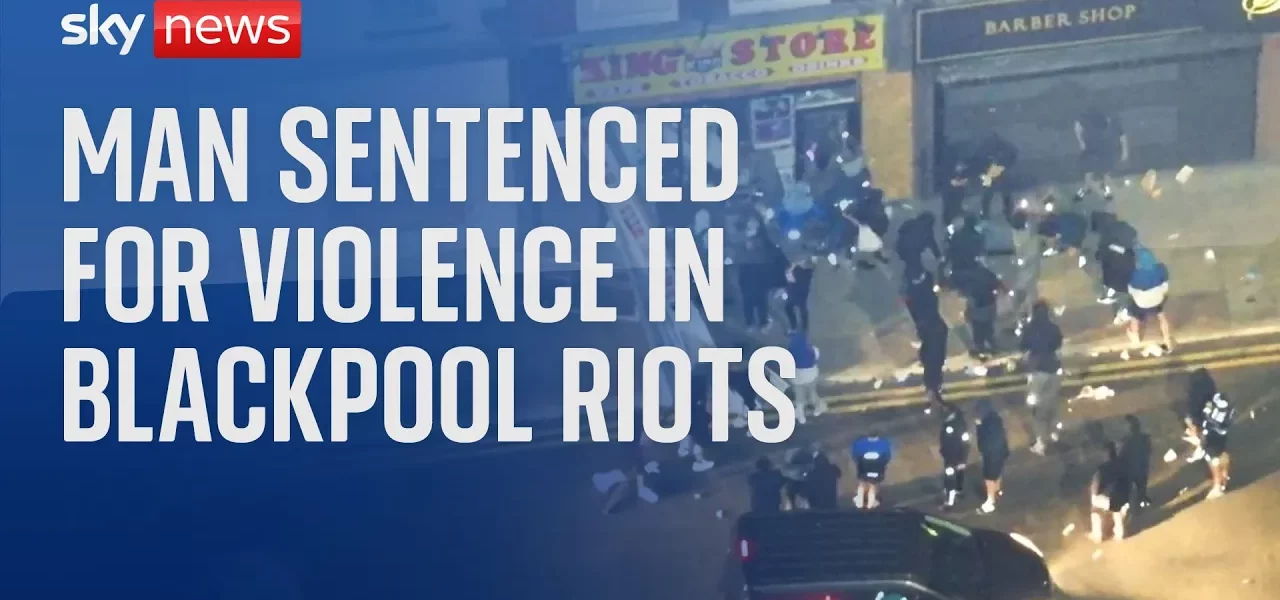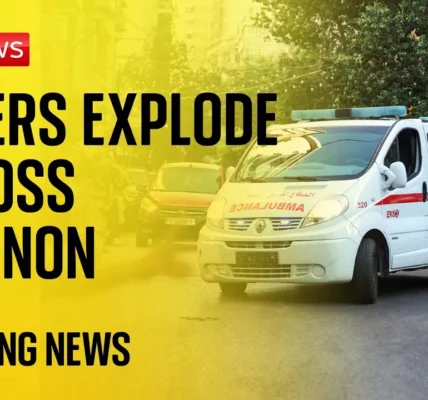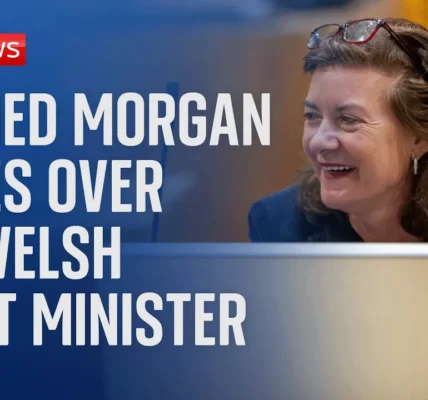Roger Haywood Sentencing: A Case of Violent Disorder and Assault

This article provides an in-depth examination of the sentencing of Roger Haywood for violent disorder and assaulting emergency workers, highlighting the events leading to the court’s decision and the broader implications for the community.
Introduction
On August 9th, Roger Haywood pleaded guilty to violent disorder and assaulting emergency workers, stemming from a series of events on August 3rd that unfolded amidst civil unrest in the wake of a tragic incident in Southport. The sentencing reflects not only the actions of Haywood but also the societal impact of such disturbances, showcasing the delicate balance between lawful protest and unlawful violence. This article delves into the details of the case, the court’s findings, and the implications for public safety and community relations.
Overview of the Incident
The events of August 3rd marked a critical point in a series of protests that erupted following a tragic event involving the loss of three young lives in Southport. While many individuals expressed their grief in peaceful ways, such as laying flowers or holding moments of silence, others, including Haywood, took to the streets with intentions that diverged significantly from those of peaceful demonstration.
Context of the Protests
The protests in Blackpool were not isolated incidents; they were part of a larger wave of unrest seen across the country. The atmosphere was charged, with preceding incidents of violence creating a tense backdrop for the demonstrations. It was under these circumstances that Haywood and others participated in actions that escalated into violent confrontations.
The Role of Haywood
Evidence presented during the court proceedings depicted Haywood as a leader among the mob, instigating violence and encouraging others to confront law enforcement. His actions not only jeopardized public safety but also undermined the peaceful intentions of those mourning the tragic events in Southport.
The Court Proceedings
Plea and Charges
Haywood faced multiple charges, including violent disorder and assaults on emergency workers. His guilty plea was acknowledged by the court, which granted him credit for taking responsibility for his actions, though the severity of the offenses warranted significant penalties.
Factors Considered in Sentencing
- Nature of the Offenses: The court considered the violent nature of Haywood’s actions, particularly his role in leading a aggressive group towards police lines.
- Community Impact: Statements from local authorities highlighted the distress caused to the community, emphasizing that the disorder disrupted the lives of innocent bystanders and required a substantial police response.
- Personal Circumstances: Haywood’s history of alcohol-related offenses and personal challenges were also taken into account, providing context for his behavior during the incident.
Consequences of the Actions
Impact on the Community
The fallout from the violent disorder extended beyond Haywood’s immediate actions. Local businesses and public services experienced disruptions, with police resources diverted from essential duties to manage the chaos. Community statements indicated a significant financial and emotional toll on the residents of Blackpool.
Legal Implications
The court’s decision to impose a 30-month prison sentence underscores the legal system’s stance on mob violence and its consequences. Haywood’s actions not only led to his arrest but also served as a warning to others about the serious repercussions of engaging in such behavior.
Conclusion
Roger Haywood’s case serves as a stark reminder of the fine line between lawful expression of grief and unlawful acts of violence. The sentencing reflects the court’s commitment to maintaining public order and ensuring that individuals who engage in violent behavior are held accountable. It is crucial for communities to come together in solidarity against violence while honoring those affected by tragic events. As we reflect on this case, it is imperative for individuals to understand the importance of peaceful protest and the serious consequences of mob violence.
For more information on community safety and the importance of lawful protest, visit our related articles on community safety and lawful protest practices.
“`




